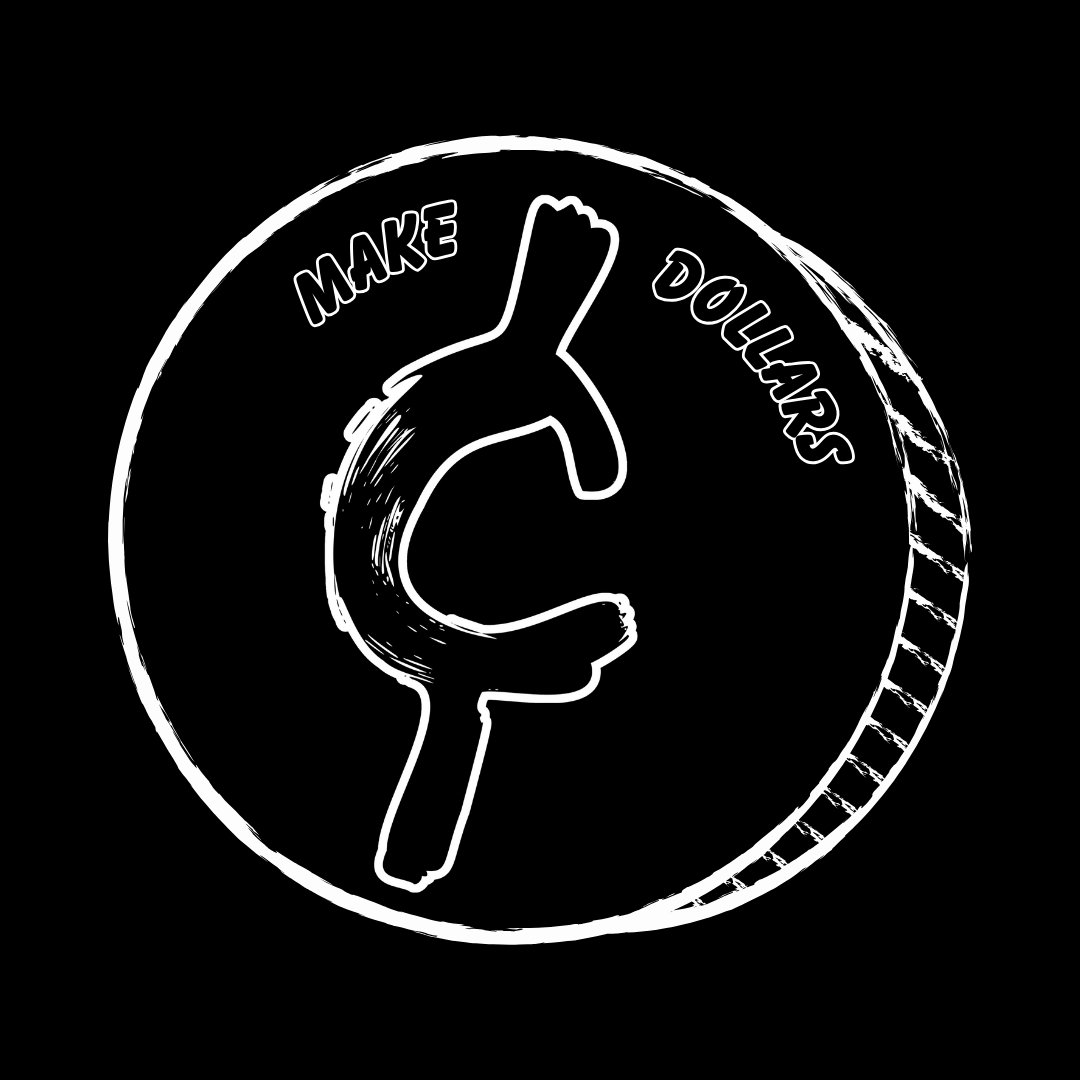Most Counterfeited U.S. Coins (And How to Protect Yourself)
Counterfeit coins have been around for as long as real ones. From crude cast fakes of early American silver to sophisticated modern forgeries, counterfeit coins continue to fool even experienced collectors.
In recent years, online marketplaces and overseas replicas have made the problem worse — but the good news is, knowing which coins are most targeted (and how to spot the signs) can save you from costly mistakes.
The Most Commonly Counterfeited U.S. Coins
1. 1909-S VDB Lincoln Cent
This is one of the most famous key dates in U.S. coinage — and one of the most counterfeited.
Only 484,000 were made in San Francisco, so genuine examples command high prices.
Common fakes:
Altered 1909 Philadelphia cents with added “S” mint marks.
Counterfeits with incorrect font or position of the “V.D.B.” initials.
✅ Tip: On genuine coins, the “S” mint mark is angled and sharply defined, while most fakes have soft or uneven edges.
2. 1916-D Mercury Dime
The 1916-D is the key to the entire Mercury dime series — and the “D” mint mark makes it a target for alteration.
Common fakes:
Added mint marks (especially from 1916 Philadelphia coins).
Cast counterfeits with blurry details.
✅ Tip: Real mint marks sit close to the fasces (the vertical bundle of rods on the reverse), and the coin should weigh 2.5 grams.
3. 1937-D “Three-Legged” Buffalo Nickel
This famous mint error came from over-polishing the die, removing one of the buffalo’s legs. Genuine examples are worth hundreds to thousands of dollars, depending on condition.
Common fakes:
Altered normal 1937-D nickels with a leg ground off.
✅ Tip: On real ones, the area beneath the buffalo’s stomach looks smooth but natural, not scratched or filed.
4. 1893-S Morgan Dollar
One of the rarest and most valuable Morgans — with only 100,000 minted. Genuine examples are heavily counterfeited, especially from Chinese replica factories.
Common fakes:
Cast or struck copies using base metals.
Altered mint marks (added “S” to common 1893-P dollars).
✅ Tip: Genuine 1893-S Morgans weigh 26.73 grams, have sharp details, and display correct die alignment. Always test with a magnet and check edge reeding consistency.
5. Trade Dollars (1873–1885)
Trade dollars are among the most counterfeited U.S. coins of all time. Many high-quality replicas circulate online, often with convincing patina.
✅ Tip: True Trade Dollars weigh 27.22 grams, and the word LIBERTY on the shield should be bold and clear. Use a scale and check diameter (38.1 mm).
6. 1914-D Lincoln Cent
The second most counterfeited Lincoln cent after the 1909-S VDB.
Common fakes are altered 1914 Philadelphia or Denver cents with moved or added mint marks.
✅ Tip: Genuine “D” mint marks have a distinct slant and narrow center; on fakes, they often look misaligned or blob-like.
7. Modern Silver and Gold Bullion Coins
Even modern bullion coins like American Silver Eagles and Gold Buffalos are being counterfeited.
Most fakes are plated base metals made to look genuine — often sold cheaply online.
✅ Tip: Use a magnet slide test, check for correct weight and thickness, and buy only from reputable dealers or grading services.
How to Protect Yourself
1. Learn the Basics of Authentication
A simple scale and magnet can rule out most fakes. Real U.S. coins are never magnetic and have precise weights.
2. Buy From Trusted Sources
Stick with certified dealers, or coins graded by PCGS, NGC, or ANACS. These companies guarantee authenticity.
3. Be Cautious Online
If a deal seems too good to be true, it probably is. Avoid raw “rare coins” on social media or foreign marketplaces.
4. Study Genuine Examples
The best defense is familiarity. Compare questionable coins against high-resolution photos from PCGS CoinFacts or your own verified collection.
5. Use a Coin Reference Tool
Websites like coincollectingtools.com (your link) can help identify coin types, mint marks, and designs before you buy — an essential safeguard for new collectors.
Final Thoughts
Counterfeit coins can fool even experienced eyes, but knowledge is your strongest defense.
By knowing which coins are most often faked and learning how to authenticate them, you can safely enjoy the hobby — and keep your collection both genuine and valuable.
